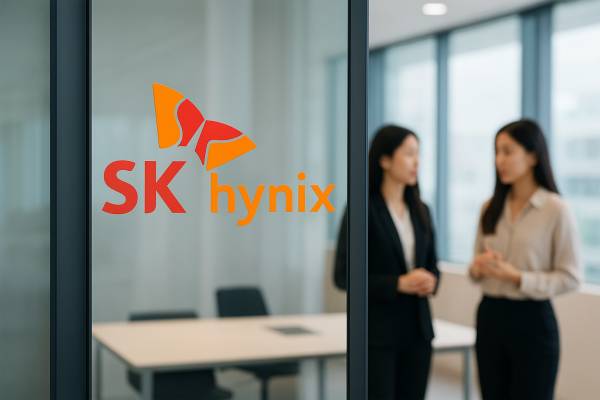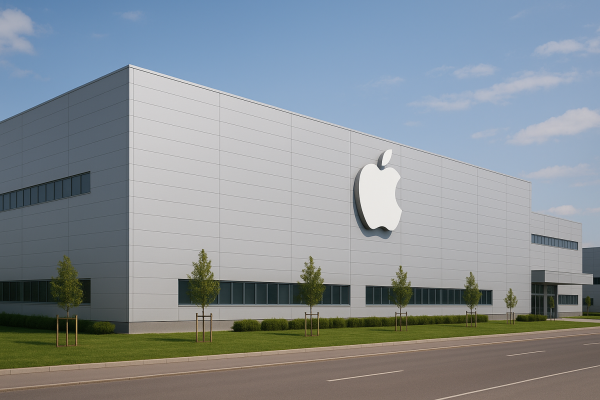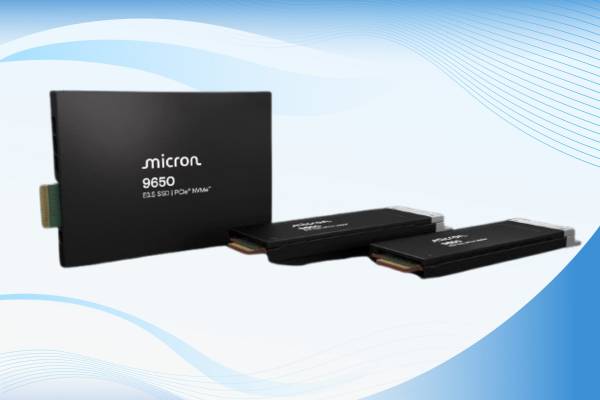In the world of AI, there’s often a huge gap between theory and practice. You’ve got powerful models like Claude 4, Amazon Titan, or even GPT-4, but how do you actually use them to solve a real problem? That’s where Amazon Bedrock and its Knowledge Bases come in.
We recently tried this out ourselves—and the experience was surprisingly smooth.
Upload Documents, Sit Back
If you’ve ever worked with RAG (retrieval-augmented generation) pipelines, you know how much work is involved in setting up data preprocessing, embedding, vector storage, and retrieval logic.
With Amazon Bedrock Knowledge Bases, that heavy lifting is done for you. You just upload your documents (PDFs, Word files, etc.) to an S3 bucket, connect that bucket to Bedrock, and that’s it. Behind the scenes, Amazon handles: - Splitting the documents into chunks - Creating vector embeddings - Storing them in a vector database - Making everything queryable with natural language.
It’s like magic—except it’s real and running in your AWS account.
Test the Latest Models in Minutes
Once your documents are in the Knowledge Base, you can immediately start chatting with them. The AWS Console gives you a simple chat interface, so you can test different prompts and model behaviors without writing a single line of code. You can switch between models like: - Claude 3 or 4 from Anthropic - Titan Text Premier and Titan Multilingual Nova from Amazon - Or even third-party models from Cohere and Meta.
It’s a playground for prompt engineers and curious minds.
Try Claude 4, Amazon Nova, and More
The ability to try state-of-the-art models - especially ones like Claude 4 or Amazon’s multilingual offerings - without needing separate API keys or custom infrastructure is a huge win. You just select the model from a dropdown and start asking questions.
Amazon’s Nova model in particular shows promising results with non-English content (we tested it with Hungarian documents!), making it a solid choice for multilingual document handling.
Built-in Chat Assistant
For many use cases, you don’t even need to build your own frontend. Bedrock provides a built-in assistant interface directly in the console, letting you interact with your documents via chat.
It’s a great way to demo ideas or validate the usefulness of your content setup before integrating it into apps or workflows.
⚠ One Caveat: Watch Out for OpenSearch Costs
There’s one thing to keep in mind: by default, Bedrock stores embeddings in OpenSearch Serverless, which can become expensive quickly - especially for large document sets or frequent queries.
We’ll cover how to set up your own custom vector store (with OpenSearch, Qdrant, or others) in a future post. This gives you more control over cost and performance.
Final Thoughts
Amazon Bedrock and its Knowledge Base feature make it incredibly easy to build document-aware assistants - whether for HR documents, support manuals, or internal policies.
You don’t need a PhD or a full MLOps team to get started. And you don’t need to deal with infrastructure nightmares, either.
This is the kind of tech we love at kocka.news: practical, powerful, and surprisingly simple to try.
Stay tuned for the next post, where we’ll explore cost-optimized setups with a custom OpenSearch backend!





























